Reading Time: 3 minutes Even with no-till, grain farming depletes soil carbon levels, says a University of Alberta researcher. “If you increase crop production above ground, you decrease carbon production below ground,” said Barry Irving, manager of the university’s ag research stations. “When you take production from below ground and move it above ground, that’s great for agriculture — […] Read more

There are (giga) tonnes of benefits from properly grazed grasslands
Light to moderate grazing can enhance soil carbon levels by as much as 40 per cent — if the land is managed properly
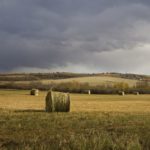
U.S. northern Plains ranchers welcome hay lottery
Reuters — Hundreds of livestock ranchers in the drought-stricken U.S. northern Plains are embracing what organizers say is the first lottery designed to provide some much-needed relief to their operations. The prize? Tons and tons of hay. Ranchers in North Dakota, South Dakota and Montana have been suffering through the region’s worst drought in 30 […] Read more

Options weighed for AgriRecovery in B.C. fire zones
Officials in British Columbia are now gauging what sorts of damages and expenses can be covered through an AgriRecovery plan for ranchers and farmers affected by wildfires. The federal and B.C. governments announced Wednesday they’re “working together to quickly assess the extraordinary costs farmers are incurring and what additional assistance may be required to recover […] Read more
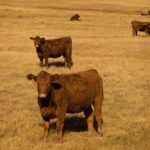
Drought-related livestock tax deferral zones widen again
More ranchers in five provinces may now be able to defer some of their taxable income from their livestock sales in 2016 due to drought. The federal government on Aug. 4 announced its final list of drought-designated regions where the livestock tax deferral provision will be allowed for the 2016 tax year, and has included […] Read more
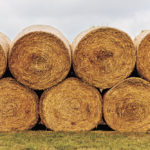
Don’t stack the deck against yourself
The pyramid style is the worst and the mushroom method isn’t much better
Reading Time: 2 minutes When it comes to stacking bales, a little forethought can go a long way to ensuring a better product. “Storage losses from improperly stacked bales can be anywhere from 15 to 20 per cent of the dry matter yield while protein and energy losses can be anywhere from five to 10 per cent,” said beef […] Read more

Satellite insurance forage survey
Reading Time: < 1 minute Alberta Beef Producers and the Saskatchewan Cattlemen’s Association are conducting a risk management and insurance survey for forage producers to provide information that may be used to design more effective insurance and risk management tools for forage producers. This includes hay, grass, alfalfa, native pasture, and improved pasture. The survey can be found at www.surveymonkey.com/r/foragesatellite […] Read more

U.S. Plains drought highlights spring wheat supply crunch
Chicago | Reuters — Drought conditions in the northern U.S. Plains that have propelled spring wheat prices to a three-year high worsened in the past week and there are forecasts for more hot and dry weather that could crimp the harvest. As the world struggles with a glut of grain that has filled inventories to […] Read more

You want pollinators to make their home on your range
There are scores of native pollinators in Alberta — and the more you have on your rangeland, the better
Reading Time: 3 minutes There is a buzz on range- and pasture lands. And we really need to pay attention to native pollinators and the benefits that they provide, says a rangeland ecologist. “Pollinators are critical to rangelands themselves, and the plants that are there,” said Cameron Carlyle, an assistant professor at the University of Alberta, who is not […] Read more
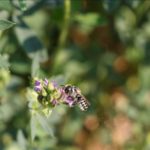
Manitoba forages fight past winterkill, pest issues
CNS Canada — The first hay cut is well underway in several parts of Manitoba as favourable weather conditions set the stage for what could be a decent forage season. “Generally speaking they’re (forages) all doing well,” said Pamela Iwanchysko, farm production extension specialist with the provincial government in Dauphin. “The rains were timely.” What […] Read more
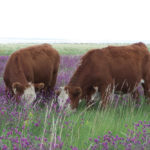
Native forages can weather whatever Mother Nature throws their way
Long-lived native forages complement tame forages nicely — but they have their own merits that make them more competitive than their tame counterparts
Reading Time: 3 minutes Native forages are making a comeback with cattle feeders who are looking for a way to work with — not against — Mother Nature. “Native species complement tame forages,” said federal research scientist Alan Iwaasa. “When used with tame species, native species have merit and can be used quite effectively if you have the land […] Read more

